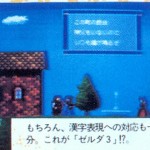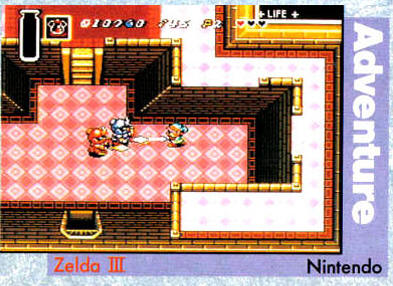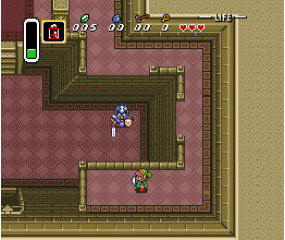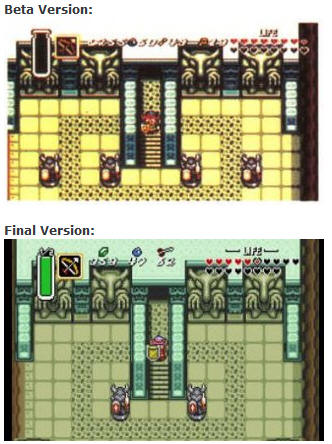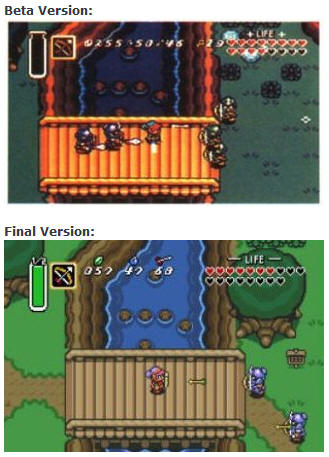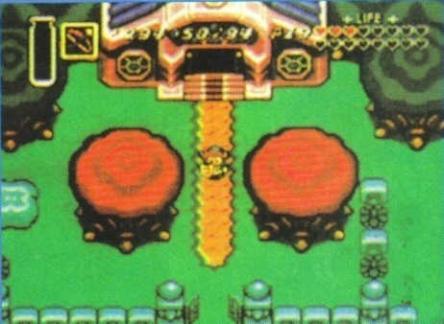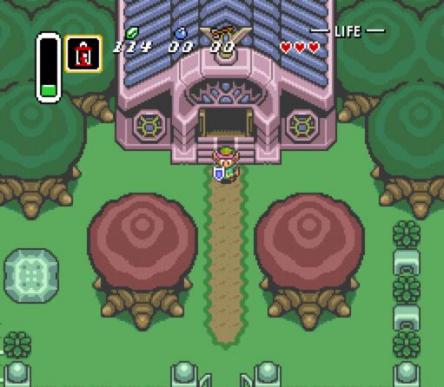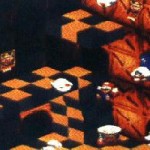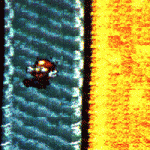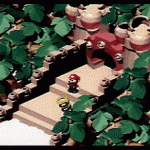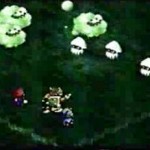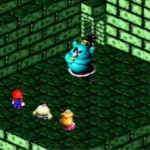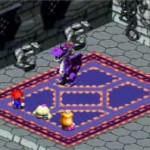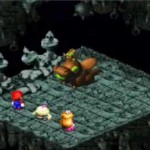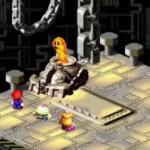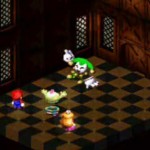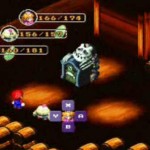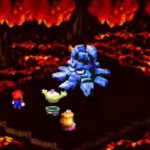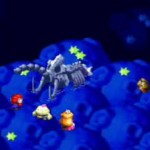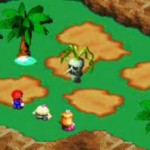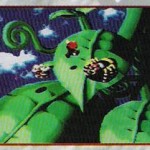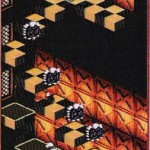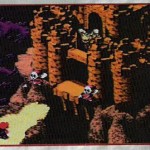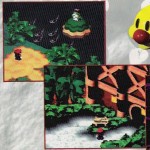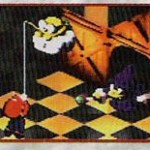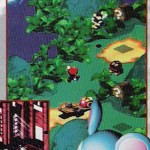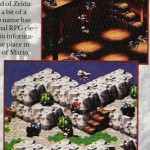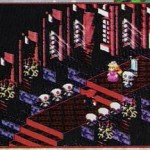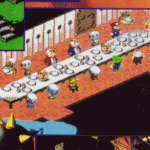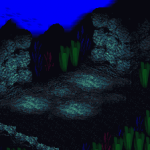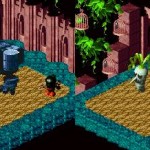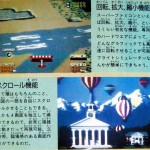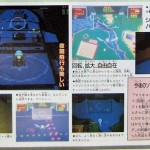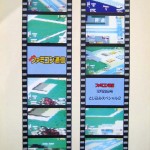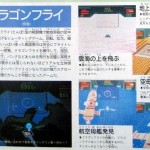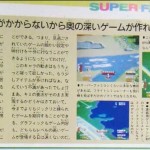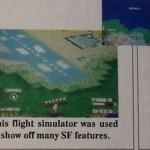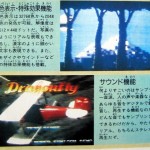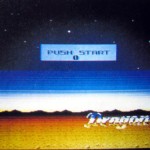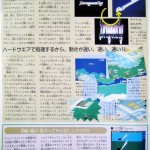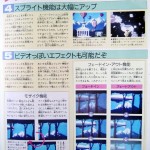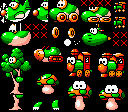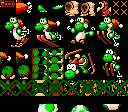As we can read on Wikipedia, the Satellaview (also know as BS-X) was a satellite modem add-on for Nintendo’s Super Famicom system, released in Japan in 1995. The first game on the system was Zelda BS, a “remake” based on the original Zelda for the NES. The gameplay was identical to its predecessor, but a few differences exist which make the experience distinctly different. The overworld was altered from an 8 by 16 map to an 8 by 8. As in the The Legend of Zelda’s Second Quest, dungeons are again completely different.
Some years ago, a mysterious scan from an unknown Japanese magazine was found, and on it there was a screen that showed what it looked like a 16bit version of Zelda 2:
Images:
Thanks to Chris Covell on the Assembler Forum, we finally have some more informations about this assumed BS-X remake of Zelda 2: “Here’s my webpage which has pictures from the Famicom Tsushin special on the Super Famicom announcement in 1988 with that picture. That particular section in the Super Famicom article explains the graphical capabilities of the SFC, including a large number of on-screen colours, and large memory addressing, allowing for Kanji text display. That mock-up pic of a recoloured Zelda 2 with kanji text is all that was ever seen of a SFC ‘Zelda 2′. It’s just a single-screen mockup shown during the SFC’s tech demo showcase.”
“The text (in both magazine pictures) writes to the effect: The pixel-addressing capabilities of the SFC are so high that Kanji text can easily be displayed. This allows game like RPGs, for example, to display easy-to-read Kanji messages”
So, the presumed Zelda 2 BS-X was nothing more than a 1988 “tech demo” to show the SNES power to the press.. well, it was more fascinating to think about a SNES remake of Zelda 2, but we are happy to finally have an answer! Props to Chris Covell for these informations! You can read the original Assembler topic in here or take a look at Chris webpage in here. We can still wonder about the meanings of this image, as it could be seen as an early “concept” for the third Zelda game, but maybe it’s a bit too vague..

